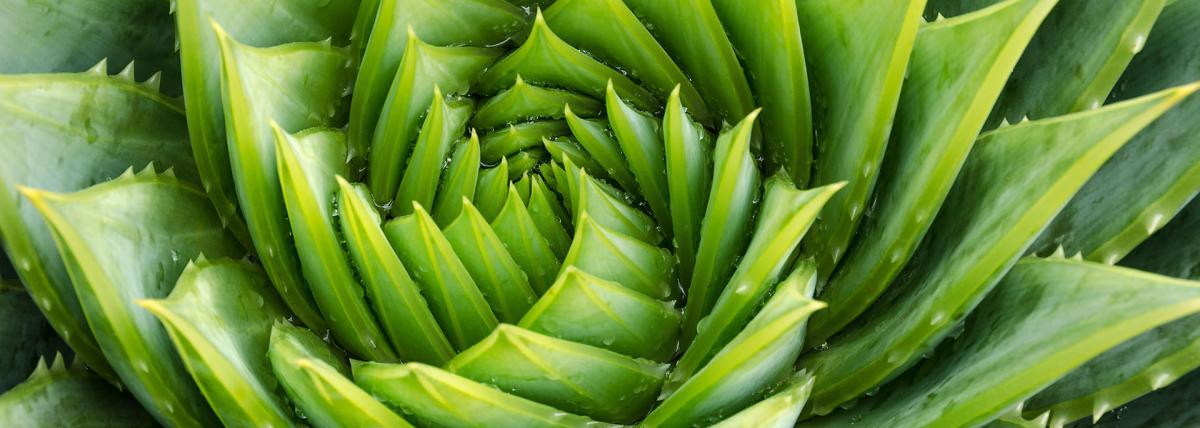
This lesson combines plant science with measurement and line plot graphing. Students will research plant needs through books and media to plan and conduct an experiment which tests different growing

This lesson combines plant science with measurement and line plot graphing. Students will research plant needs through books and media to plan and conduct an experiment which tests different growing

Students will gather information to develop a model about the essential elements needed by plants in order to grow and survive in this hands-on lesson. They will then apply this knowledge by

This lesson is a dissection of a flower native to Arizona. Students will identify the parts of the Arizona Yellow Bell, while learning what characteristics are needed to make a flower in Arizona

In this lesson, students will construct an argument supported by evidence for how plants and animals (including humans) can change the environment to meet their needs. There is a story integration

Students will plant seeds and measure their plant growth over time in this hands-on lesson. They will record their data in a chart and create a line plot and bar graph to visually represent collected

In this lesson, students will embark on an exciting exploration of greenhouses. They will discover how greenhouses provide a special environment for plants to grow by letting in sunlight and trapping

This lesson is an introduction to the parts of a plant and how the parts help the plant get nutrients for grades K-2. Students will have an opportunity to plant and care for a plant at the end of the

This is a lesson plan about creating a vermicomposting bin. This explains how vermicomposting helps in keeping the environment clean and also how it helps create rich soil which is important for

In this parts of a plant lesson students will be able to identify and describe the basic parts of a plant. Students will learn about seeds, roots, stems, leaves, flowers and fruit. Epics books will be